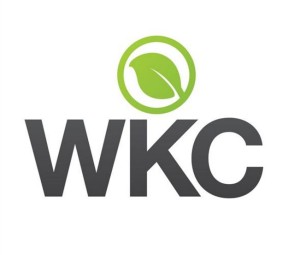Noise Surveys and Monitoring
WKC Group maintains an inventory of noise survey and monitoring equipment to enable long and short-term measurement of ambient and industrial noise conditions. Our engineers are trained in the application of noise measurement protocols such as those cited in British Standards (BS) or those advocated by the International Standards Organisation (ISO).
Noise surveys or monitoring campaigns may be required for a number of reasons, most commonly they are to support permitting requirements for industrial facilities or planning applications, typically, surveys include:
We can process the noise survey data in a number of ways to provide trend analyses or to relate the data to different parameters or assessment metrics. The most common parameter analysed is the LAeq, however LA10, LA90 and LAMax as well as octave band analyses in 1/1 and 1/3 octave are all common parameters we record and analyse on a regular basis.
All of our sound level meters comply with precision class 1, as defined in IEC 61672-1:2013 and British Standard BS 61672-1:2013, and come fully equipment with a short term and long term environmental kit in compliance with British Standard 74454 and ISO 1996 measurement requirements.
Where sources of vibration are an issue, WKC can conduct vibration monitoring and carry out assessments in accordance with “BS 6472:2008 Guide to Evaluation of Human Exposure to vibration in buildings Part 1: Vibration sources other than blasting”
When assessing measurement results there a three main types of assessment we use:
Often these will be governed by the local authority or regulator, but can also be dependent on the type of Project that is being proposed. We support our clients to ensure the right analysis and assessment approach is followed to meet the Project’s needs.
